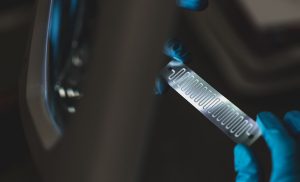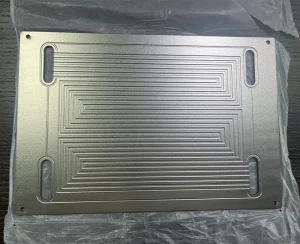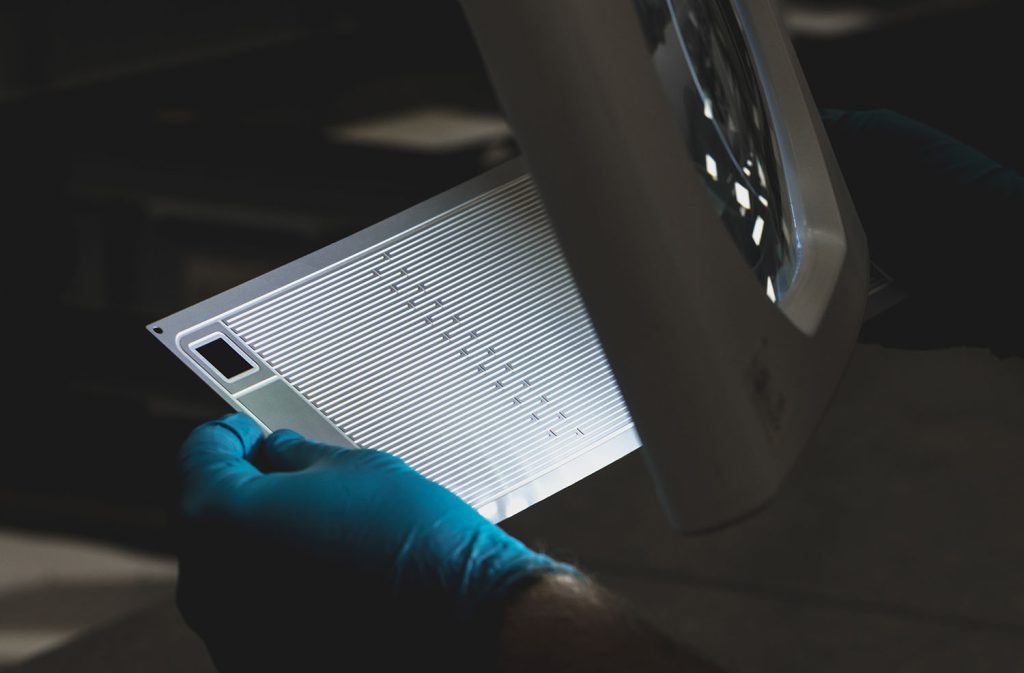Are you aware of fuel cell and how coating bipolar plates improves it’s efficiency? let’s fint out!
Fuel cells are electrochemical generators that process fuel and produce electricity. Another important element in the fuel cells is bipolar; it is a plate which conducts electricity between the neighboring fuel cell stacks. When these bipolar plates are coated, they can increase the efficiency and durability of the fuel cells.
Here are five key ways coatings help boost fuel cell performance:
Under Pressure Increase Electrical Conductivity
The bipolar plate performs the important task of providing electrical connections between the fuel cell stacks. We are able to lower contact resistance and enhance conductivity through the plate by conformal coating with electrically conductive materials such as gold, silver or graphite. This facilitates further electron transport and improves electrical power of the fuel cell. Conductive coatings also reduce the corrosion rate of the substrate metal, which is why the conductivity is maintained.

Increase Hydrophobicity
Electrodes require reactant pathways which are formed on the surface of a bipolar plate. If the surface of the catalyst has tendencies of being hydrophilic it living the way its surface can trap water droplets that hinders flow of the reactant channels. We should avoid water film- building tendencies by treating the plate with fluoropolymers or hydrocarbon polymers for smooth reactant transport. This helps avoid cathode flooding which adversely affects fuel cell efficiency in addition to the increased hydrophobicity.
Protect Against Corrosion
The operating conditions of a fuel cell are characterized by an acidic setting, which results in corrosion of metal plates. When we apply protective coatings that are chromium or nickel alloys, we get another corrosion protecting layer on top of the plate surface. The feedback current also stops the plate material from continually wearing or eating away and prevents its solidification as well as continuing its electrical conductivity. Due to this the use of anti-corrosion coatings effectively reduces the life cycle of fuel cell components.

Improve Gas Diffusion
In order to be effective, a bipolar plate should have uniform distribution of reactant gases such as hydrogen and oxygen and no electron conductivity. The coatings of such materials as porous carbon contribute to maximal rates of diffusion while preventing the transfer of electrons to non-active sites. They then enhance the performance of the fuel cell by increasing the kinetics of the gas transport. Highly orchestrated diffusion barriers remain central to precise control of the reactant consumption rates.
Reduce Weight
High power density due to lighter fuel cells plus the benefit of materials cost. What we can do is, we can deposit films that are slices of metals, metal oxide or conductive polymer with or without a thickness of some microns onto light weight plastic materials and reduce the weight of graphite plates substantially. This is made possible by using coated lightweight plates that provide a solution to make the electrical conductivity of bulky plates within a tiny fraction of the total weight. Moreover, given that thicknesses of the coatings obtained vary from nanometers to microns, the durability is not affected.

Application of Photochemical etching in Bipolar plates
Summing up, through increased coatings they enhance the native characteristics of the bipolar plate improving numerous parameters of fuel cell. Several sets of coatings available permit the selective improvement of certain properties suitable for specific fuel cell operating conditions and performance requirements. Thus, the high- performance and highly uniform coatings available through photochemical etching can be applied to bipolar substrates by fuel cell developers with exceptional precision. And that in turn liberates enhanced performances from these 21st century generators.
One-Stop High Precision Bipolar Plates Supplier
Metallic bipolar plates for fuel cells and electrolyzers are provided by TMN photo chemical etching factory using photochemical etching. The burr-free, stress-free process, complex channel designs without high-cost hard tooling are possible. We also offer technical advisory on cost and pricing from prototyping right through to production runs. TMN supplies its products to the sustainable energy industry.
FAQs
What real materials are used in the process of coating bipolar plates?
The materials used for coating bipolar plates are metals such as gold and silver, graphite, polymers such as fluoropolymers and hydrocarbons, chromium and nickel alloys and carbon. The type of management chosen depends with the kind of property to be enhanced.
What is the thickness measurement of these bipolar plate coatings?
There are often only applied very thin layers – from some sub-nanoparticles to a few standard microns in thickness. This maintains the plates as lightweight while incorporating the aspect of the coating.
To what extent does coating of bipolar plates add to overhauling the cost?
Of course, coating does increase the cost but not as a whole, it is accompanied by improvements in efficiency, durability and consequently, density of power. The total cost of overall systems might even come down due to low weight and long service life also.
It is important to find out what coatings techniques are used in the bipolar plates.
Some of these methods used to coat the surface are PVD, CVD, sol gel, electro deposition and the photo chemical etching. The method is based on three factors: the material in contact with the coating and the characteristics of the layer.
Is it possible to have flaking or degradation of coatings over the lifetime of a fuel cell?
Long industrially experienced coated systems which have a strong bond to the substrate should not degrade with time and at higher operating conditions. Fuel cell compatibility of materials in the construction of components eliminates chances of development of delamination or degradation.
What additional efficiency should be expected when using coated plates instead of uncoated ones?
According to the principle, an increase of such parameters is observed, and it makes 5-20 %, based on which properties are chosen for the optimization. It is possible to achieve several improvements in different aspects for overall better results if several layered coatings are applied.
Visit our LinkedIn page for more information.

